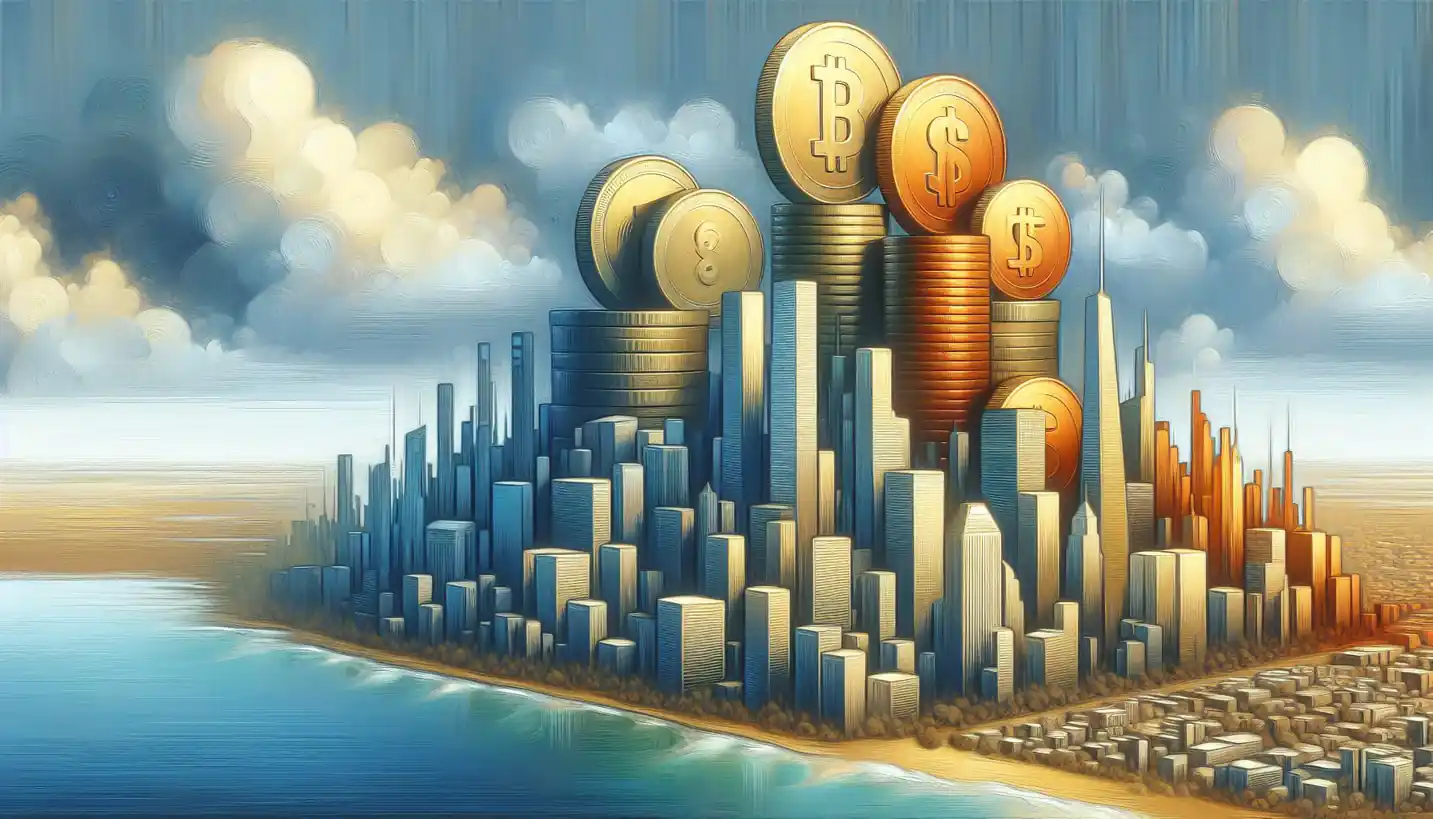· Economics · 4 min read
Distributed Generation: A Revolution in Energy Economics
Distributed generation is changing how we produce and consume energy. Discover its impact on energy systems and its benefits for sustainability efforts.

When we talk about the future of energy, one idea that stands out is distributed generation. It might sound technical, but it’s essentially about producing electricity close to where it’s used, rather than relying on large, centralized power plants. Imagine a world where your neighborhood generates its own power—that’s the essence of distributed generation.
What is Distributed Generation?
Distributed generation (DG) refers to small-scale energy production systems. Think of solar panels on rooftops or small wind turbines in communities. Unlike traditional power stations, which can be miles away, these systems generate electricity right where it’s consumed. It’s like growing your vegetables in a backyard garden instead of buying them from a supermarket.
The Nuts and Bolts
Distributed generation can take various forms—solar panels, wind turbines, small natural gas generators, and even biomass facilities. These systems are usually connected to the local electricity grid but can operate independently when needed. This local production reduces the loss of electricity that happens during long-distance transmission.
Benefits of Distributed Generation
The shift towards distributed generation isn’t just about energy production; it’s about transforming the entire energy economy.
Enhancing Energy Security
One of the biggest perks of distributed generation is energy security. When power is generated locally, communities become less dependent on distant power plants. This means fewer blackouts from grid failures and a more resilient energy system overall.
Environmental Impact
Distributed generation, particularly through renewable sources like solar and wind, significantly cuts down on greenhouse gas emissions. It’s a step towards a cleaner planet, reducing our reliance on fossil fuels and curbing air pollution.
Economic Advantages
Economically, DG can be a game-changer. It empowers consumers to produce their own electricity, potentially reducing or even eliminating their electricity bills. Plus, it creates local jobs in manufacturing, installation, and maintenance of these systems.
Challenges and Considerations
While the benefits are clear, distributed generation isn’t without its challenges.
Initial Costs
Installing solar panels or wind turbines can be expensive upfront. However, costs are steadily decreasing, and many governments offer incentives to encourage adoption.
Technological Hurdles
Integrating distributed generation systems with existing grids requires advanced technology and smart grid solutions. It’s like upgrading a local road to handle electric cars; it requires investment and innovation.
Regulatory Barriers
Regulations can vary widely, creating hurdles for widespread adoption. Local policies need to adapt to accommodate and encourage distributed energy systems.
Distributed Generation and the Future
As technology evolves, so does the potential for distributed generation. Imagine a future where every building is equipped with solar panels or where local communities share wind-generated power. This vision is becoming increasingly feasible with advancements in battery storage and microgrid technologies.
The Role of Battery Storage
Battery technology is rapidly advancing, allowing excess energy produced during sunny or windy periods to be stored and used later. This ensures a steady and reliable energy supply, even when weather conditions aren’t ideal.
Microgrids: A New Frontier
Microgrids are localized grids that can disconnect from the traditional power grid and operate autonomously. They are particularly useful in emergencies and can provide power to isolated communities or urban neighborhoods.
The Global Perspective
Countries around the world are recognizing the potential of distributed generation. In places like Germany and Australia, where renewable energy production is high, DG plays a critical role in the national energy strategy. These countries are investing in infrastructure and policies to support the transition.
Innovation and Investment
Incentives and investments in renewable technologies are paving the way for more distributed generation projects. Around the globe, we’re seeing a rise in community-based energy projects, bringing power directly to the people.
The Human Impact
At its core, distributed generation is about more than just power; it’s about empowerment. Communities become stakeholders in their own energy future, leading to more sustainable and engaged societies.
Stories of Change
In many rural and underserved areas, distributed generation is transforming lives. In remote villages, solar panels are providing electricity for the first time, enabling education, healthcare, and economic development.
Conclusion
Distributed generation stands as a pivotal shift in energy economics. By producing power close to where it’s used, we increase efficiency, reduce environmental impact, and empower communities. The future of energy isn’t just brighter; it’s more sustainable, accessible, and economically viable.
So, as you look at your neighborhood or community, consider this: could it be the next hub of a decentralized energy revolution? The power, quite literally, is in our hands.
As technology advances and costs decrease, distributed generation will become an even more integral part of our energy landscape, driving us toward a cleaner, and more resilient future.


